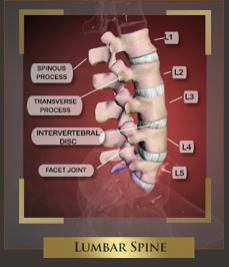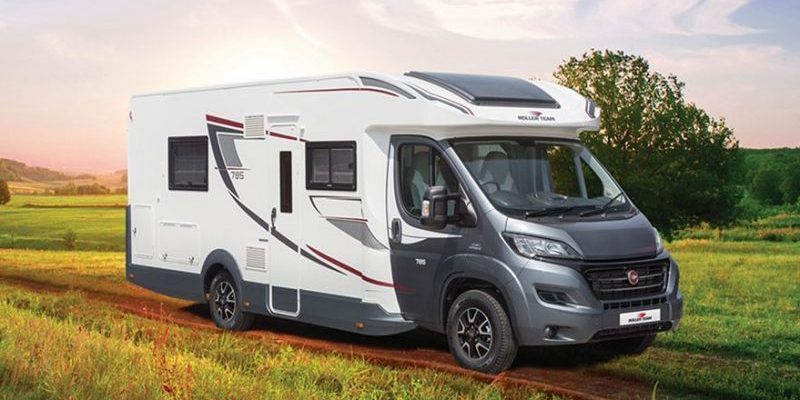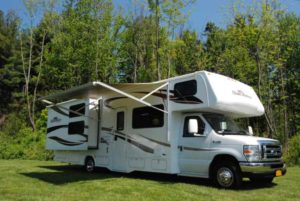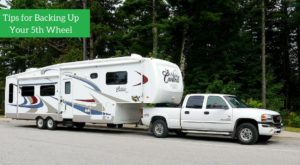 Auto Accidents:
Auto Accidents:
If you or a loved has gone through a disastrous auto accident then we would say that you should contact us immediately. We will make sure that you get the compensation for your damages, medical bills and other expenses from the insurance company of the responsible person. We promise that we will stand by your side after the tragic accident for your support. It might be a little difficult for you to cope with the stuff like getting compensation from the insurance company or work. That is the only reason we are here and we can assure you that we will fight for your right and reimbursement.
Motorcycle Accidents:
We must have seen motorcycle accidents happening around us. These accidents cannot be taken lightly especially if you or any loved one is involved. The accident might happen because of your own or some other person’s negligence. Whatever the case is, it is your right to get the compensations for your damages. In this hard time of your life we will always support you in the best way we can. Motorcycles accidents can cause big damages lie broken bones, fractures and in some cases even death is possible.
Trucking Accidents:
Trucking accidents are considered to be one of the most disastrous accidents as they can cause dreadful damages to the person sitting in the other vehicle or even in the same truck. Such accidents usually end up in death cases. If you or a loved one has been injured in a trucking accident then kindly contact us as we can help you to get the compensation for your damages. Why suffer when you can make the responsible party pay for what they have done. Getting compensation from the responsible party in trucking accidents can be a little difficult as the companies involved in financing these trucks are big companies and are very hard to deal with. So get our help and see the difference.
Brain injuries:
A brain injury can be unalterable in an accident, because of medical carelessness or by reason of an attack. Brain injuries are believed to be terrible injuries. Due to a brain injury an individual can face troubles like memory breakdown, stoppage to be liable of body, change in actions, and difficulty of impermanent memory, lose awareness, and unconsciousness. A person who is experiencing cruel brain harm may not be able to get well totally. With a case connecting a brain wound, you will have to talk to a firm which can give you a specialized legal representative who will struggle for your rights. That will comprise of making an assessment of any approaching medical order for expenses that could take place with the ongoing fee of a damage of this level.
Burn Injuries:
Burn injuries are usually long lasting and very painful. Such injuries can take place because of an explosion, contact with hot water, fire cases and a lot more things. We cannot ignore accidents like these but we can at least get the compensation for the damages that these accidents have caused. In some cases you yourself are responsible for such injuries but in many cases some other people can be involved or held responsible for it. If you experience a burn injury the make sure that you speak to us and we will help you to get the compensation of your damages from the responsible party or the insurance company. You would have to be financially strong to pay for your medical bills and everyday expenses. If the injury is serious then might need to go for plastic surgery or skin grafting which is even more expensive. Let the responsible party pay for the damages.
Construction Accidents:
Constructions accidents can be deadly as they usually take place in risky and rough areas. The victims of such accidents are mostly the labors working on the site. If you have been injured in a construction accident then we would suggest you to talk to us and we will make sure that you get the compensation for your damages and lost wages from the responsible party which is in most of the cases the owner of the site and company itself.
Slip & Falls:
Most people usually take slip and fall accidents lightly as they cannot cause big damages but this is not the case. You never know what type of damage could a slip and fall accident cause. You can get the compensation for your slip and fall accident if you have slipped or fallen in someone else’s land. The owner of that property would be responsible for this damage. You can file a case on the responsible party with our help and we are sure that we will never let you down. 
Insurance/ Bad Faith Claims:
Insurance bad faith is an official term of ability that explicates a tort claims that a sheltered person can have in incongruity to an indemnity group for its unpleasant works. In the regulation of the majority of the system in the United States, assurance organizations have an authorized liability of giving wonderful self-assurance and even-tempered dealing to the people they call their clients. Just to get assistance in that affair, we are always there for you.
Premises Liability:
You might face a small accident while walking through someone else’s property. If you do then we may not know that you can get the compensation for your damages or injury from the property owner. Accidents that come in property liability take in Slip and fall accidents, dog bites and safety inattentiveness. Land owners have an official duress to take reasonable step to make certain that their property is free from dangerous circumstances that can lead to big damage. Here are a few of cases of unsafe setting that may cause damage. This includes unfeasible or misplaced steps, irregular paths, objects in the channel, badly set steps, Ice or standing water and a many more. We are content to hold your interests and act in response to your problems linking to your approaching property liability assert.
Defective Products:
The Government takes proper measures to make sure that the products being sold in the market are free from any harmful effects but we may get to see a lot of cases where people do get affected by the defectives products. The cause might be the expired products available in the market or products with harmful ingredients. The products may include food items, cosmetics, medicines and a few more things. With our help you can file a case on people responsible for this if you or a loved one has been harmed by a defective product.
Nursing Home Abuse:
Nursing home abuses take account of fairly a large number of things like emotional torture, physical anguish, sexual assault, rape, giving excessive pills, over dose of medicines, ignoring the patients’ or person’s demands and requirements, using foul language and a lot more. To get help about this, we are here for you. These things may cause much vicious harm to the person.
Spinal Cord Injuries:
The spinal cord is considered to be the most important part of our body. Back with the spine encircle a collection of nerves that broadcast indications throughout the entire body, to and from the mind. If you have experienced damage in the spinal cord owing to an accident then with the correct legalized guidance you can be able to get funds for physical state operating expenditure and missed wages and financial payment for pain and misery and troubling shock you have gone through.
Wrongful Death:
A wrongful death happens when somebody causes the unlawful death of someone owing to lack of concentration, impulsiveness or irregularity. The death may not be intentional, but if the person had been mixed up in an astute intensity of care or had given an adequate level of awkwardness the happening may have been not probable. Losing someone you love and care for at any time and for any reason is really hard to put up with, but it is even harder to accept as true the fact that this mishap could have been neglected. A wrongful death official agent can assist you by taking care of all the authorized characteristics of your allege and will help you get the remunerate.
Pedestrian Accidents:
It could be very painful if the person walking on the street, children playing on road face a big accident because of someone else’s mistake. If you or a loved one has experienced a pedestrian accident then it is better that you file a case against the responsible party. These accidents may end up in damages like broken bones, fractures, brain injuries and mostly death. Why suffer for someone else’s mistake. Don’t just sit and think what to do when we are available to you all the time. We will make the responsible party pay for your damage.
Aviation Accidents:
Aviation accidents are most of the time deadly. Just 2% of the passengers can survive after an aviation accident and even if they survive they usually are injured so bad that it take ages for them to recover completely and may be never. Airlines themselves are responsible for these accidents and it is their responsibility to pay you the compensation for your big loss or damage. Just contact us and we will make your case.











 Whether you are just getting started with a new RV, or you have been traveling in an RV for years, everyone can benefit from picking up a few tips along the way. You never know when you are going to hear a tip that you haven’t heard before – and that tip might be just what you need to make your upcoming vacation more enjoyable. The following list contains eight handy RV tips for you to consider.
Whether you are just getting started with a new RV, or you have been traveling in an RV for years, everyone can benefit from picking up a few tips along the way. You never know when you are going to hear a tip that you haven’t heard before – and that tip might be just what you need to make your upcoming vacation more enjoyable. The following list contains eight handy RV tips for you to consider.

 Auto Accidents:
Auto Accidents:

